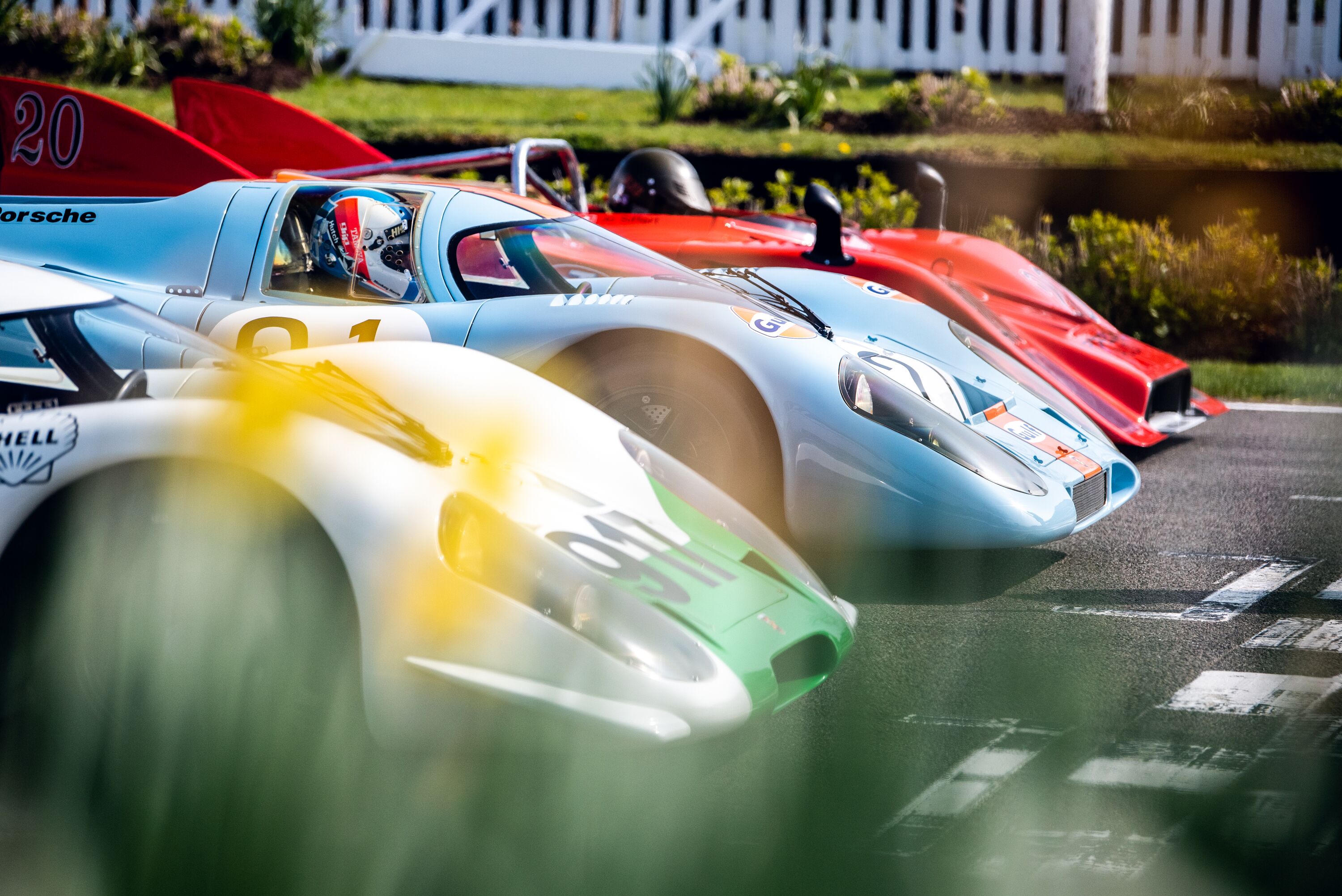The patchy history of Aston Martin Volante | Thank Frankel it's Friday
 Andrew Frankel
Andrew Frankel
I’ve just got back from driving the new Aston Martin DB12 Volante. I drove it for nearly three hours on some pretty decent roads yet, despite this, there’s almost nothing I can tell you about it. Yes it’s pretty, quite expensive and decidedly rapid, but that’s all stuff you could either see for yourself or learn from information already published.

But the actual driving bit – the how does it handle, deliver its power, ride and stop bit you really want to know about? All embargo’d until the middle of next month I’m afraid. I could of course break the embargo, but Aston would then immediately uninvite from the launch of the new Vantage in May so I’d only be telling you about one Aston at the price of not even getting to drive another.
But I have always found the whole Aston Volante thing quite curious. I got hooked on their looks when I saw the future King wafting around in his blue DB6 Volante in the 1970s, but by the time I got to drive them professionally, it’s fair to say the novelty had worn off more than somewhat.
Partly this is because the first I encountered was the Virage Volante, complete with an automatic gearbox containing a grand total of three gears. Unseemly though it may be to speak ill of the dead, at the time over 30 years ago it was the worst ‘fast’ car I’d ever driven. It still is. The chassis had all the structural integrity of a lightly crusted over cowpat, it was heavy and with that awful transmission, joyless to drive.

Of course you’d expect the DB7 Volante to be a whole lot better than that, and it was, though sadly that wasn’t saying much. And to find out why, you have to look back to what lay beneath which was the platform of the XJS, designed in the early 1970s, and itself based on the structure of the XJ saloon, designed in the mid-1960s.
The Virage was actually derived from the original DBS, designed at around the same time. But at least the DB7 used a monocoque, rather than the ‘Superleggera’ construction method Aston picked up from Touring in Milan in the 1950s which survived all the way to the Virage. But it still wobbled relentlessly over less than smooth surfaces.

In 2005 I had high hopes for the DB9 Volante with its brand new bonded aluminium ‘V/H’ construction, and they were promptly dashed too. The DB9 coupe was a terrific car, but it was almost as if Aston Martin had concluded that no Volante owner was ever going to drive fast and would be more interested in hoovering up the stares from passers-by, so didn’t try terribly hard to replace the stiffness when it removed the roof. The result was a car that neither rode nor handled as it should.
So next time I had my expectations under full control: the V8 Vantage Roadster (note, not Volante) was a direct derivation of the DB9 so would be equally disappointing. Right? Not quite.
The combination of a shorter wheelbase, a new crossmember bracing the underneath of the car and, I expect, a growing sense among the Aston engineering community that it must do better had an astonishing effect. Yes you could still feel that the chassis and powertrain performance had been slightly degraded compared to the coupe, but you can say that about every metal (rather than carbon) convertible I’ve driven. What mattered was that it was still terrific to drive.
And so they have remained: once it had learned its lesson, Aston Martin never forgot and even the DB9 stiffened up during the course of its lifetime.

But actually the Astons that were least dynamically affected by being forced to go topless belong to a different era entirely. Drive a 1950s DB2 drophead coupe and you’ll be pleasantly surprised by just how similar to the DB2 coupe it feels.And that’s because all DB2s, right up to the final DB2/4 MkIII that immediately preceded the DB4 in 1959, were built with their bodies bolted onto their frame, with no meaningful structural role to perform.
You’ll get awfully long stares from Aston bores if you call it a Volante, just before they tell you that the 1965 Short Chassis Volante – a model that spanned the end of DB5 and start of DB6 production – was the first to use the name.
As for the DB12 Volante about which I am not allowed to write? Well, in your position I’d be thinking that it’s derived from the DB11 Volante, but with an even stiffer structure. And the DB11 Volante didn’t wobble much. Draw whatever conclusions you want from there.
Aston Martin
DB9
DB6
DB7
DB11
DB12
DB2
Thank Frankel its Friday
Road
News





